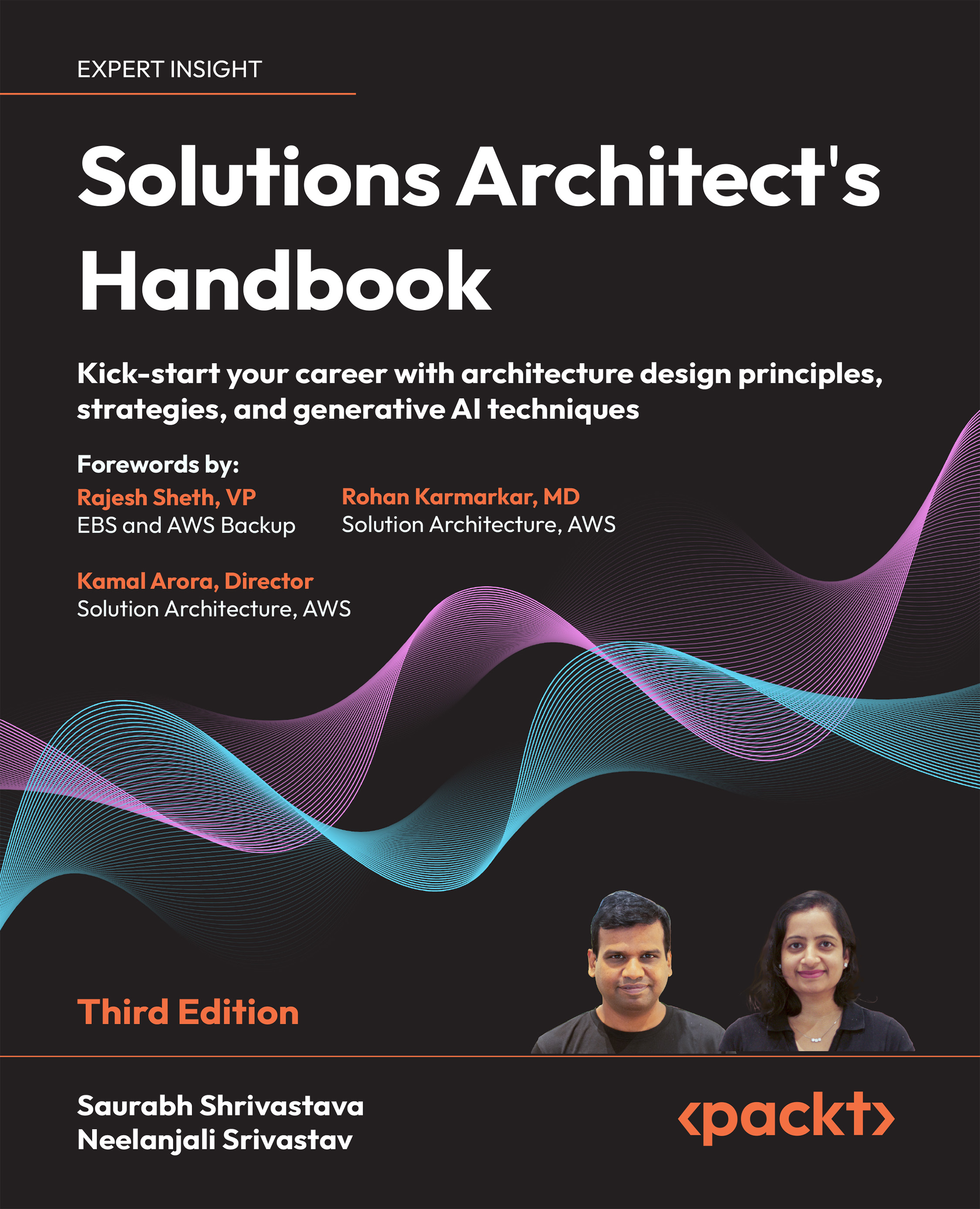Common challenges in the solutions architect role
While it is an exciting and dynamic position, the role of a solutions architect comes with its fair share of challenges. Understanding and addressing these challenges is crucial for success in the role.
Here are some of the common challenges in the solutions architect role:
- Balancing business and technical requirements: Solutions architects need to strike a balance between meeting the business objectives and ensuring the technical feasibility of the solution. This requires understanding both the business needs and the technical capabilities and finding the optimal solution that satisfies both aspects.
- Managing complexity: Solutions architects often work with complex systems and technologies, which can be challenging to understand and integrate. They need to navigate through intricate technical landscapes, incorporating different components and ensuring seamless interoperability.
- Keeping up with technology advancements: The technology landscape is constantly evolving, with new tools, frameworks, and methodologies emerging regularly. Solutions architects must stay up to date with the latest advancements and industry trends to provide innovative and effective solutions.
- Stakeholder management: Solutions architects work with various stakeholders, including business leaders, developers, project managers, and end users. Managing different expectations, requirements, and priorities can be demanding. Effective communication, collaboration, and negotiation skills are essential to address diverse stakeholder needs.
- Addressing scalability and performance: Solutions architects must design solutions that can handle increasing data volumes, user loads, and evolving business requirements. Ensuring scalability, performance, and reliability are critical challenges, as solutions need to accommodate future growth without sacrificing efficiency.
- Security and compliance: Data security and regulatory compliance are major concerns in today’s digital landscape. Solutions architects must incorporate robust security measures, encryption techniques, and compliance frameworks into their designs to protect sensitive data and ensure adherence to industry standards.
- Resolving conflicting requirements: Different stakeholders often have conflicting requirements or priorities. Solutions architects must navigate these conflicts, identify trade-offs, and find the best compromise that satisfies the overall goals of the solution.
- Managing project constraints: Solutions architects need to work within the constraints of budgets, timelines, and resources. They must make informed decisions, optimize resource allocation, and adapt to changing project dynamics to ensure successful solution delivery.
- Adoption of cloud technologies: With the growing popularity of cloud computing, solutions architects often face the challenge of effectively leveraging cloud platforms and services. They need to understand the intricacies of cloud architecture, deployment models, and vendor-specific tools to design scalable and cost-effective cloud-based solutions.
- Continuous learning and skill development: Given the fast-paced nature of technology, solutions architects must invest in continuous learning and skill development. They need to acquire new knowledge, enhance their technical expertise, and stay updated with industry best practices to remain effective in their role.
By recognizing these challenges and proactively addressing them, solutions architects can navigate the complexities of their role and deliver successful solutions that meet business objectives while aligning with technical requirements.
































































